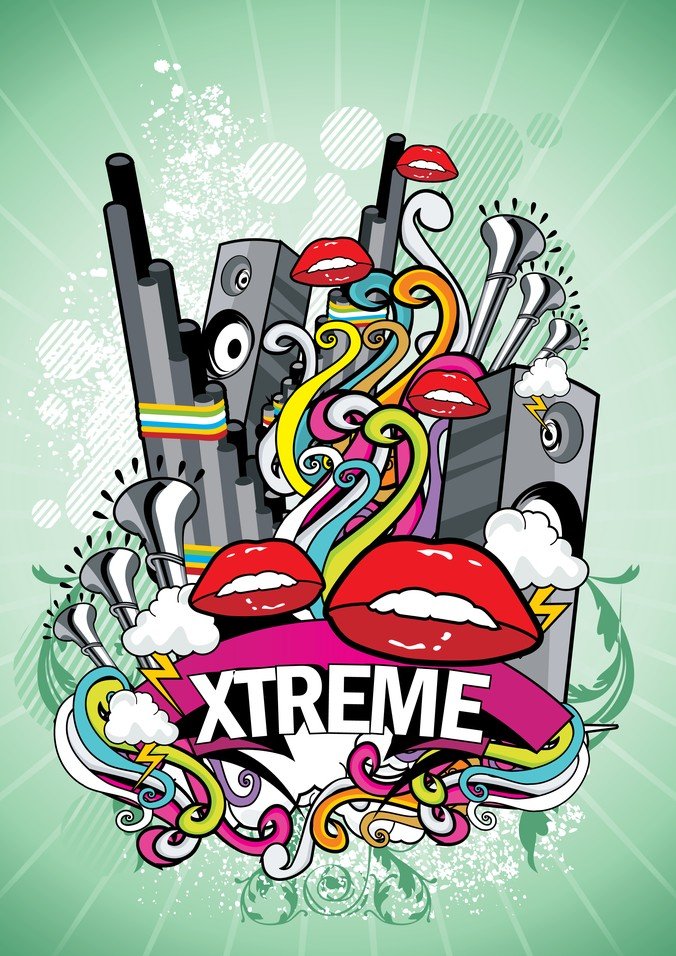
In striving for generalization and expressiveness in the poster, the artist goes through three stages of work. The first is the search for a composition of elements expressing the idea of the poster, its image. This stage is characterized by a general, schematic or, as they say, sketchy definition of form.
The second stage is the study and development of the elements selected for the poster.
The third stage is a generalization of form, which removes all unnecessary and emphasizes only the essential for the sake of the plastic expressiveness of form, for the sake of the activity of the poster image.

Briefly these stages can be defined by three concepts: scheme, development, and generalization.
The mistake of many artists is that they start with the scheme and finish with it. As a result, they achieve not a generalization, and impoverished simplification of form. “Omitted” details in such works because “do not guess” that they were not. The “unconstructed” and approximation of form catches the eye. They usually try to justify this approximation by the conventionality of the poster, by its specificity.
It has long been known that conventionality is inherent in the poster. But this cannot justify approximation and schematism in any way. The artistry, and with it the brevity in the poster, is the fruit of much creative work, in which the path to simplicity is not an easy one.
The schematization of the poster is not primitiveness, not simplification, it is the use of the general laws of art, adapted to the solution of its own, specific task. The poster artist also paints landscapes and draws, just like any other artist, but by starting to work on the poster, he rejects much that is not inherent to this kind of art, and carefully chooses exactly the tools that he needs to work, In this is the professionalism of the poster artist, the difficulty and fascination of his work.
First of all, the poster should be a work of art – a catchy, memorable and necessarily figurative. A good poster is always succinct. If the painter allows the viewer to gradually draw the desired conclusion, the poster calls for immediate action. This is something the aspiring poster artist must not forget.

In a poster, everything has to be collected, concentrated. After all, only concentrated, typical makes a big impression. In order to enhance the activity of the poster, conventional techniques are permissible: generalization of drawing and color, omitting minor details, combining different scales, etc.
The symbolism of images is the main artistic attribute of the poster. It is the art of the generalizing, organically growing out of life symbol. Indeed, the best posters created throughout this art have always been symbolic.
The symbolism of the best posters is always based on direct life impressions. Posters in which a nodal action or detail is wittily found always look and “work” well. We know of many examples where an interesting, ingeniously illuminated detail makes you think about the complex problems of life, and we know many examples where stylistically flawless work, but without a bright knot of fiction, leaves us indifferent. The main thing in the poster – the resourcefulness of the plot, wit in revealing the theme.
The basis of the specificity of the poster is that the poster – the agitation by means of fine art. In this short formula, both its parts are equally important – if there is agitation, but expressed in anti-artistic form, then there will be no art, and if there is only artistry, then there will be no agitation, Here we need a natural synthesis, and the tact is very important. The most important feature of the poster is the combination of pictorial and textual moments in it.